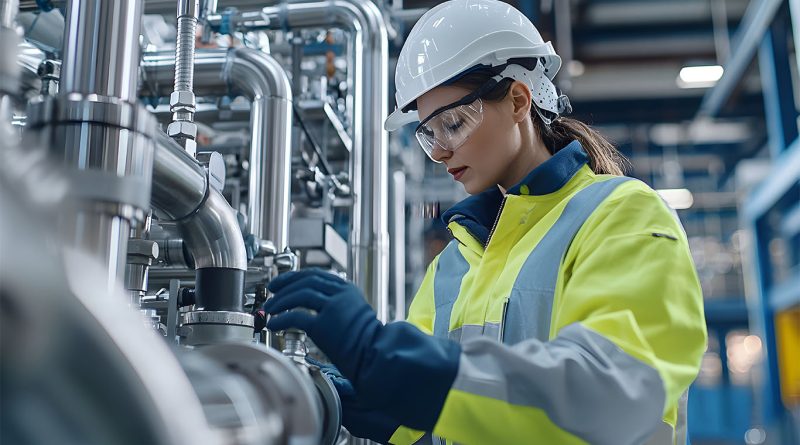5 carbon capture projects driving US emission reduction
Carbon capture is increasingly recognized as a critical tool in the global effort to combat climate change. By capturing carbon dioxide emissions from industrial processes and power generation, this technology prevents greenhouse gases from entering the atmosphere. In the United States, federal policy support and private sector investment are accelerating the deployment of carbon capture solutions across various sectors. From coal plants and ethanol facilities to offshore storage sites and direct air capture technologies, these efforts are setting the stage for a lower-carbon future. This article highlights five of the most significant carbon capture projects currently operating or in development in the US.
1. Petra Nova – Texas
Petra Nova is one of the earliest and most high-profile carbon capture projects in the US. Located at the W.A. Parish Generating Station in Texas, it was designed to capture carbon dioxide emissions from a coal-fired power plant. The system captures approximately 1.6 million metric tons of CO₂ annually and transports it via an 82-mile pipeline to a nearby oil field for enhanced oil recovery. Although operations paused during the pandemic, the facility resumed activity in 2023. Petra Nova demonstrated that carbon capture could be effectively integrated into existing fossil fuel infrastructure, although economic feasibility remains a challenge for widespread adoption.
2. LaBarge Expansion – Wyoming
ExxonMobil’s LaBarge facility in Wyoming is one of the most prolific carbon capture operations in the country. It initially captured between six and seven million metric tons of CO₂ annually, and a recent expansion project added another 1.2 million metric tons to that capacity. The expansion, which cost around $400 million, emphasizes long-term storage rather than enhanced oil recovery. This project highlights the scalability of carbon capture when paired with major industrial operations and demonstrates how legacy energy companies are investing in emission reduction technologies.
3. Bayou Bend – Texas Offshore
The Bayou Bend Carbon Capture and Storage project represents one of the largest offshore CO₂ storage initiatives in the US. Located near Port Arthur, Texas, and developed in partnership with CarbonVert and Chevron, this project spans 40,000 acres with the potential to store up to 600 million metric tons of CO₂. The site aims for an annual injection rate of up to 10 million metric tons. Bayou Bend exemplifies how large-scale, offshore storage sites can play a key role in decarbonizing heavy industry along the Gulf Coast, a region critical to the US petrochemical and refining sectors.
4. Carbon America Ethanol CCS – Colorado
Carbon America is working on two carbon capture projects at ethanol production facilities in Sterling and Yuma, Colorado. These projects are focused on capturing up to 95 percent of the CO₂ produced during fermentation. The gas is then compressed and stored underground in Class VI wells located approximately one mile beneath the surface. These facilities are important examples of how carbon capture can be effectively applied to biofuel production—a sector that is otherwise considered low-emission but still contributes significant carbon dioxide during processing.
5. Project Bison – Wyoming
Project Bison is among the most ambitious carbon removal initiatives in the world. Spearheaded by CarbonCapture and Frontier Carbon Solutions, this direct air capture (DAC) facility aims to extract CO₂ directly from the atmosphere. Located in Wyoming, the project plans to permanently store carbon in deep saline aquifers using Class VI injection wells. By 2030, the project aims to capture five million metric tons of CO₂ annually, making it the world’s largest atmospheric carbon removal project. It represents the future of carbon management, moving beyond point-source capture to broader climate remediation.
Looking ahead
Carbon capture is one of several tools being used to manage emissions from industrial sources and energy production. The five projects highlighted here demonstrate a range of practical applications, from ethanol plants to offshore storage. While challenges remain in cost and scalability, continued investment and development could help determine how carbon capture fits into broader US climate and energy strategies.
